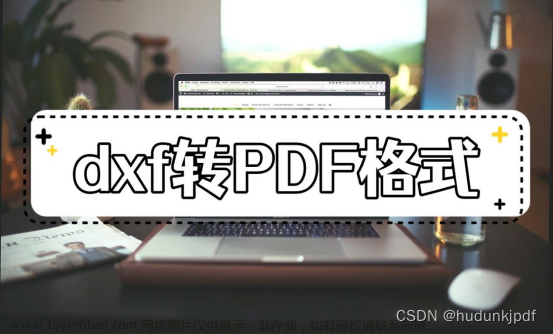其实我们已经创建了一个装饰器! 一切皆对象,那是我的对象
现在我们修改下上一个装饰器,并编写一个稍微更有用点的程序:
def a_new_decorator(a_func):
def wrapTheFunction():
print("I am doing some boring work before executing a_func()"
a_func()
print("I am doing some boring work after executing a_func()"
return wrapTheFunction
def a_function_requiring_decoration():
print("I am the function which needs some decoration to remove my foul smell"
a_function_requiring_decoration()
#outputs: "I am the function which needs some decoration to remove my foul smell"
a_function_requiring_decoration = a_new_decorator(a_function_requiring_decoration)
#now a_function_requiring_decoration is wrapped by wrapTheFunction()
a_function_requiring_decoration()
#outputs:I am doing some boring work before executing a_func()
# I am the function which needs some decoration to remove my foul smell
# I am doing some boring work after executing a_func()
这正是 Python 中装饰器做的事情!
它 们封装一个函数,并且这样或者那样的方式来修改它的行。现在你也许疑惑,我们在代码里并没有使用@符号?那只是一个简短的方式来生成一个被装饰的函数。
这里是我们如何使用@来运行之前的代码:
@a_new_decorator
def a_function_requiring_decoration():
"""Hey you! Decorate me!"""
print("I am the function which needs some decoration to "
"remove my foul smell")
a_function_requiring_decoration()
#outputs: I am doing some boring work before executing a_func()
# I am the function which needs some decoration to remove my foul smell
# I am doing some boring work after executing a_func()
#the @a_new_decorator is just a short way of saying:
a_function_requiring_decoration = a_new_decorator(a_function_requiri
希望你现在对 Python 装饰器的工作原理有个基本的理解。
如果我们运行如下代码会存在 一个问题:
print(a_function_requiring_decoration.__name__)
# Output: wrapTheFunction
这并不是我们想要的!
Ouput输出应该是“a_function_requiring_decoration”。这里的函数被 warpTheFunction替代了。它重写了我们函数的名字和注释文档(docstring)。幸运的是 Python提供给我们一个简单的函数来解决这个问题,那就是functools.wraps。
我们修改上一个例子来使用functools.wraps:
from functools import wraps
def a_new_decorator(a_func):
@wraps(a_func)
def wrapTheFunction():
print("I am doing some boring work before executing a_func()"
a_func()
print("I am doing some boring work after executing a_func()"
return wrapTheFunction
@a_new_decorator
def a_function_requiring_decoration():
"""Hey yo! Decorate me!"""
print("I am the function which needs some decoration to "
"remove my foul smell")
print(a_function_requiring_decoration.__name__)
# Output: a_function_requiring_decoration
现在好多了。
我们接下来学习装饰器的一些常用场景。文章来源:https://www.toymoban.com/news/detail-431180.html
from functools import wraps
def decorator_name(f):
@wraps(f)
def decorated(*args, **kwargs):
if not can_run:
return "Function will not run"
return f(*args, **kwargs)
return decorated
@decorator_name
def func():
return("Function is running")
can_run = True
print(func())
# Output: Function is running
can_run = False
print(func())
# Output: Function will not run
注意:@wraps接受一个函数来进行装饰,并加个了复制函数名称、注释文档、参数列表 等等的功能。这可以让我们在装饰器里面访问在装饰之前的函数的属性。文章来源地址https://www.toymoban.com/news/detail-431180.html
到了这里,关于Python 装饰器是怎么写的的文章就介绍完了。如果您还想了解更多内容,请在右上角搜索TOY模板网以前的文章或继续浏览下面的相关文章,希望大家以后多多支持TOY模板网!













